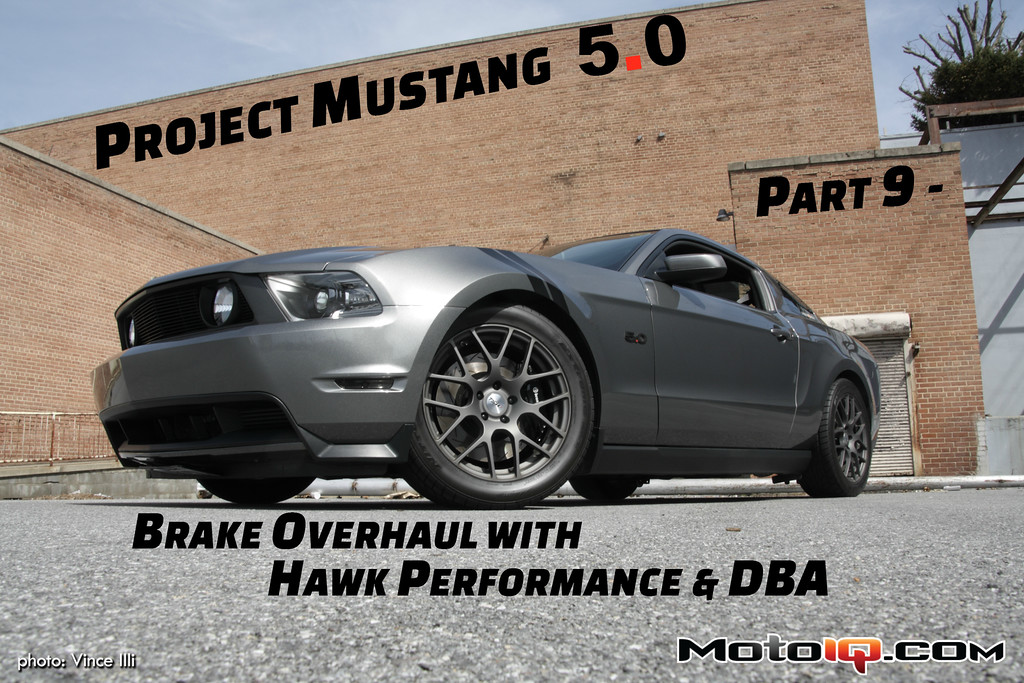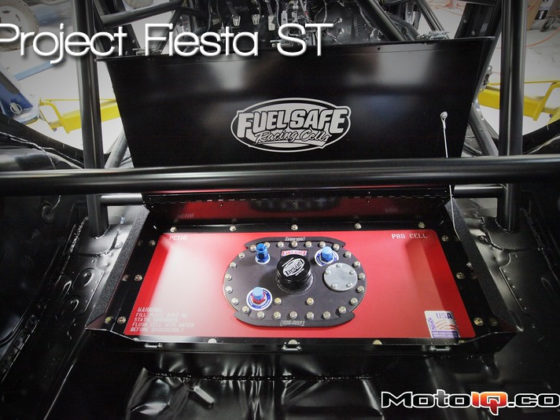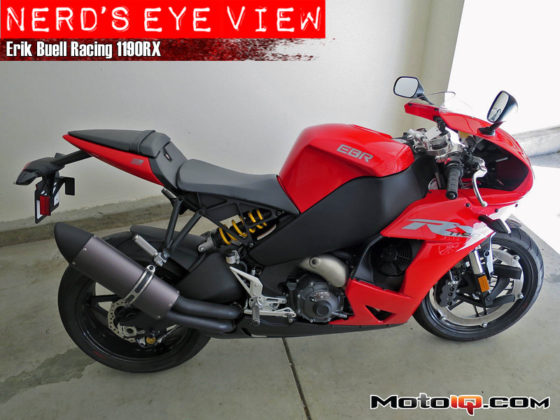,
 Pictured: Vorshlag brake ducts for the Mustang.
Pictured: Vorshlag brake ducts for the Mustang.Now if you’re racing your car, slowing from triple-digit speeds several times a lap, you need even more than a bigger brake disc. Even the largest disc will eventually get more heat sunk into it in those conditions than it can dissipate before the next braking zone. That’s why race cars also have brake ducts. The purpose of these is simple: scoop up cool ambient air from the front of the car and blow it against the rotors and calipers to help get rid of that heat. Since Project Mustang spends most of its time dodging cones autocrossing and less time hot lapping road courses, brake ducts are overkill for now.
As I mentioned previously, one of the first bad things that can happen when brakes get too hot from repeated use is boiling brake fluid. This is why we put higher temperature brake fluids in our race cars; it can get hotter than your standard cheap parts-store brand before it boils.
However, there is another issue that can be even more serious than boiled brake fluids: overheated brake pads. Overheated brake pads can become slippery, increasing stopping distances. In extreme situations, overheated pads can actually fail and break apart. Note that overheated pads do not cause a “spongy” pedal: the pedal will still feel just as firm, but because the pads are not causing as much friction against the rotors, it will take longer to slow the car.
But what causes brake pads to overheat and not work as well? In order to figure that out, we need to learn how exactly the brake pads and rotors interact with each other.
The Brake Pad/Disc Interaction
As I mentioned previously, the way we stop a car is to use friction to convert the kinetic energy into heat (thermal energy). There are actually two types of friction at work in braking: abrasive friction and adherent friction.
In abrasive friction, a harder material rubs against a softer one, breaking the molecular bonds of the softer and creating heat. In the case of brakes, the harder disc rubs against the softer pad, breaking its bonds and creating heat (and brake dust). Abrasive friction is easy to understand; just think about using sand paper on something.
The problem with abrasive friction is that it begins to do bad things at higher temperatures. In short, the abrasive compounds melt. If an abrasive pad gets too hot, the brake dust and outgassing (caused by widespread destruction of the molecular bonds in the glue agents holding the pad together) can actually cause the pad to “float” a bit above the surface of the rotor, reducing braking effectiveness.
 It’s difficult to photograph, but if you notice in this picture of the stock rear rotor from Project Mustang, the surface of the rotor appears to be uneven. This is due to over-cooking the stock brake pads, causing them to transfer uneven deposits of pad material onto the rotor, a process I call “melting.” (This uneven transfer of pad deposits is what causes “warped rotors.” Rotors don’t actually warp.)
It’s difficult to photograph, but if you notice in this picture of the stock rear rotor from Project Mustang, the surface of the rotor appears to be uneven. This is due to over-cooking the stock brake pads, causing them to transfer uneven deposits of pad material onto the rotor, a process I call “melting.” (This uneven transfer of pad deposits is what causes “warped rotors.” Rotors don’t actually warp.)The second type of friction is adherent friction. In this type of friction, the brake pad transfers a thin layer of itself onto the surface of the rotor. Because of this transferred layer, the boundary layer between pad and rotor is essentially uniform. During braking, pad material transfers back and forth between the rotor and the pad by continually breaking and reforming the chemical bonds that make up the pad material.
You may have guessed what the problem with adherent friction is: it doesn’t work well at cold temperatures. This is because it requires heat in order to keep breaking and reforming those bonds. So, a cheap big-box auto parts store brake pad will be mostly composed of materials causing abrasive friction, while the race pads used on that ALMS Bimmer use mostly adherent materials.
The New Equipment
Now that we’ve got most of the science lesson out of the way, it’s time to talk about what we can do about it. In the case of Project Mustang, we’re mainly autocrossing. Although the brakes don’t see nearly the abuse that a car on the road course will, I’ve still had some issues with “melting” of the stock brake pads (see the picture above). I fixed this issue on the front by upgrading to a 4-piston Brembo setup from a GT500 back in Part 4 in order to get a larger rotor for more heat dissipation. But I still had the stock rear pads and rotors. Furthermore, the GT500 brakes I put on had some strange, generic track pads that the previous owner had installed. I left them on there, since they were track-oriented and had plenty of meat left. The end result was brakes that left brake dust everywhere, squealed like an angry pig, had less pedal feel than I would have liked, and were downright scary to use in temperatures below about 50°F.
For a comprehensive brake overhaul, we turned to Disc Brakes Australia and Hawk Performance.
DBA sent us a front and rear set of their 4000 Series T3 slotted rotors. The T3 rotors have several features that make them far superior to other disc rotors on the market.
 Don’t they just look cool? Yeah, they look cool. And that’s good, because I like hard parking almost as much as racing. Source: DBA
Don’t they just look cool? Yeah, they look cool. And that’s good, because I like hard parking almost as much as racing. Source: DBAThe first advantage of a DBA rotor is the material. DBA uses a special, proprietary witches’ brew of high-carbon iron to provide strength and resistance to repeated heat cycles. They also heat treat their rotors in a process called Thermal Stability Profiling, where rotors are slowly heated up to a high temperature, held there for 8 hours, and allowed to slowly cool. TSP better aligns the molecules of the rotor, making them even stronger and more heat resistant.



